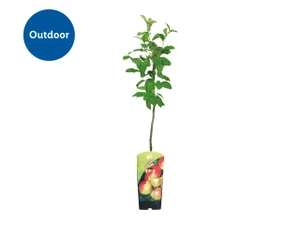

Plant Deals & Offers
20 active deals49,103 commentsAll Plant discounts and offers overview - April 2024



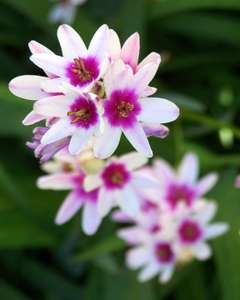

 hotukdeals
hotukdeals hotukdeals
hotukdeals 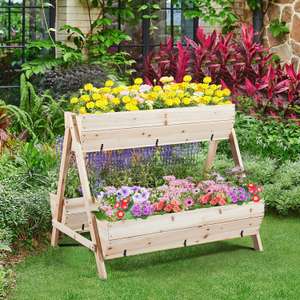
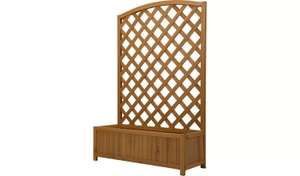

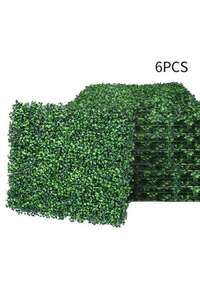
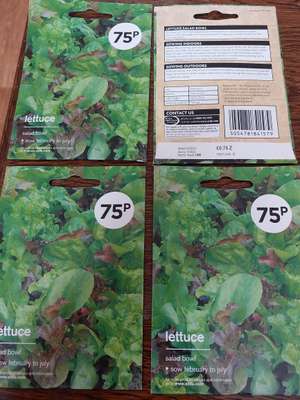
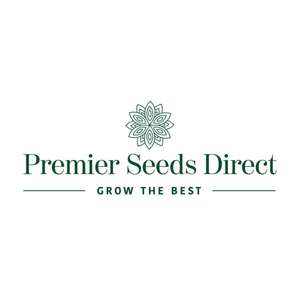
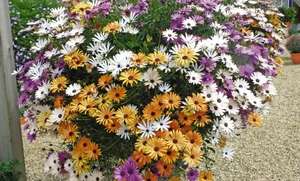
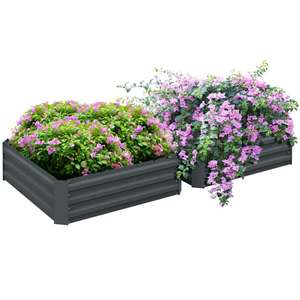
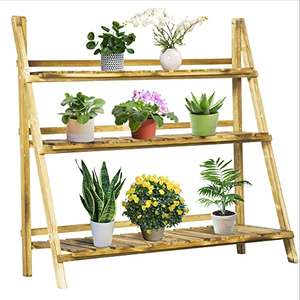
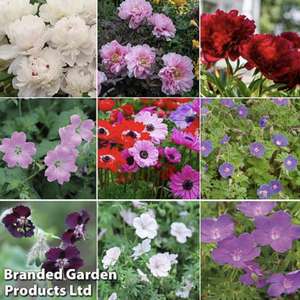
![Free Seeds (15,000 available) [RHS – Grow With It]](https://images.hotukdeals.com/threads/raw/FwCcm/4319762_1/re/300x300/qt/60/4319762_1.jpg)
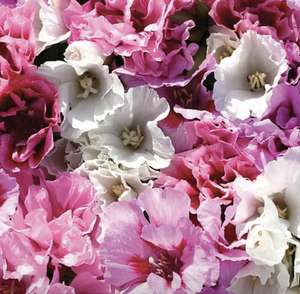
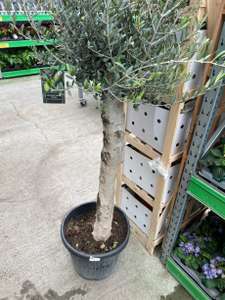
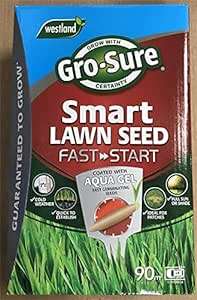
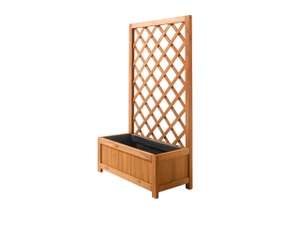
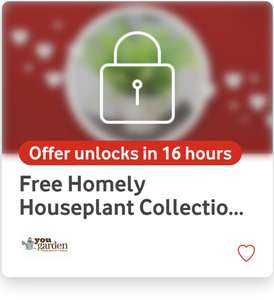
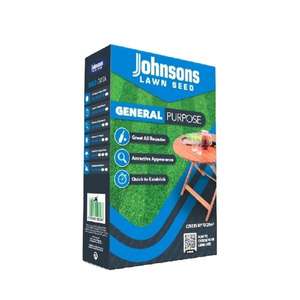

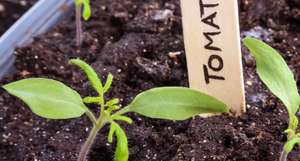
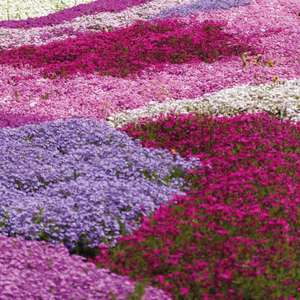
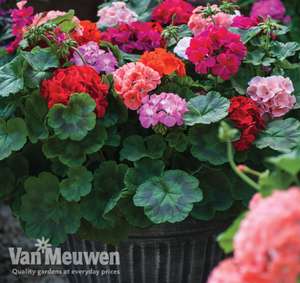
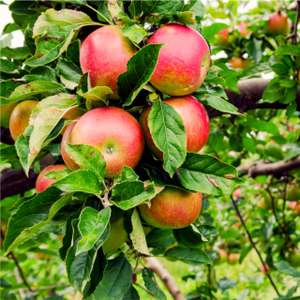
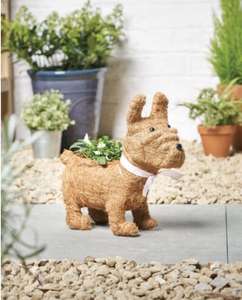
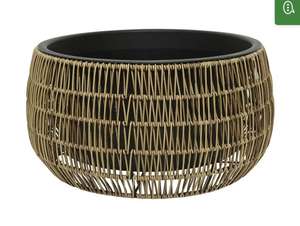
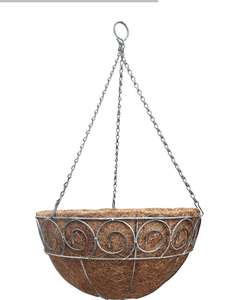
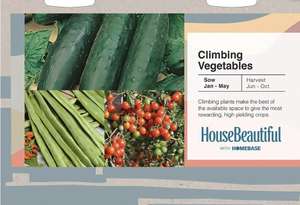
Plants: The Best Plant Offers and Plant Pot Sale From hotukdeals
Plants brighten our days, offering a glimpse of beauty in urban environments, beautiful aromas, and the taste of fresh fruits and vegetables. And Brits love to care for plants. In fact, plant ownership is rising rapidly, as the health benefits of indoor greenery become better known. Allotment applications are through the roof, and garden centres struggle to keep up with demand for garden plants and gardening accessories.
If you are overhauling your garden, adding a pot plant to your bedroom, or buying plants for friends, knowing what to buy, and how to do so is vital. This hotukdeals buyers guide will lead you through the options available, offer some species and accessories to think about buying, and help you save money on your next plant-related purchase. So check out our plant listings to find the best plant offers, plant deals, and plant pot sales.
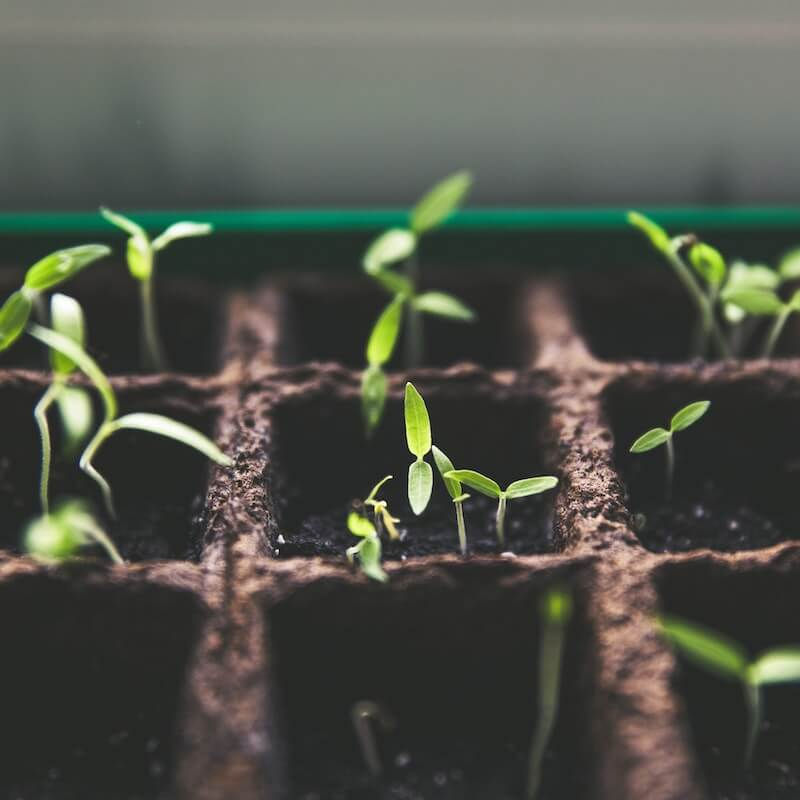
The History of Our Love of Plants
These days, Brits love to cultivate plants. When we purchase a house or move into a new flat, one of the first things we do is buy a pot plant or too to humanise the environment. And if we have a garden, we can't let it lie still. We always feel the need to add flowers where we can.
This national love of gardening isn't new, but it's not ancient, either. After all, for centuries most British people had no time to cultivate ornamental gardens. Instead, they were engaged in peasant farming or industrial work, with no space or money to create beautiful plant arrangements.
Things changed in the 19th century. As a middle class developed, a market for plants developed, and it spread worldwide. Explorers and scientists brought back exotic species from Australia, Asia, Africa, and the Americas, and tried them out in British soil. Now commonplace species like rhododendron (from the Himalayas) started to reshape suburban Britain and its parks and gardens.
Arboretums appeared in cities and country estates, garden centres began catering for the mass market, and gardening competitions spread across the country – especially in working-class areas towards the end of the century.
In the Second World War, gardening became a patriotic craze, as people were urged to “Dig For Victory”, a sign of how central gardens and plants have become to the national character. Even now, most pubs will have flower boxes along their eaves, welcoming patrons. And park keepers pride themselves on their floral cultivation skills.
In the 21st century, the choice of plants available has expanded dramatically. Thanks to global markets and the internet, British gardeners can order species from all corners of the world. The options for designing gardens have multiplied, along with the variety of deals available to purchase the plants required. So let's make sense of the market and help you find the plants you need at the lowest possible prices.
What Types of Plants Can You Purchase in the UK?
First off, plants come in various forms, and there are several ways to make a purchase. On a basic level, here are the main types to be found at hotukdeals:
Bedding Plants – Bedding plants come in plastic containers (generally), which contain a large number of similar plants. They tend to be fairly colourful and small, with low propensity to spread. Because of this, they are extremely popular with urban gardeners, who want garden plants that deliver a reliable dose of colour for long periods, without overwhelming smaller species. Popular species include petunias, marigolds, geraniums, lobelias, cosmos, and fuchsias. All are reasonably hardy, so can handle a frost or two. And they are simple to plant, requiring little digging or after-care, beyond the usual watering.
Hanging Plants – Hanging plants are contained in cradles that are attached to cords or chains, and are designed to attach to doorways or fences, adding a touch of colour where there would otherwise be nothing. Most of the time, buyers purchase hanging baskets with a range of species already in situ, and that's a convenient, cost-effective way to brighten your doorways. However, it's fairly easy to buy empty baskets, add some sphagnum moss lining, compost and soil, as well as a few bedding plants or vines to hand over the edge.
Potted Plants – As the name suggests, potted plants come in their own containers, and will often be happy to stay in the original container for the season. This always applies to pot-plants for indoor settings, which won't spread or shed too many leaves. But it's not always the case for outdoor shrubs or flowers. Check labels to check whether the species you are keen to buy needs to be planted out, and how far it will spread.
Seedlings – Garden centres will often have racks full of smaller plants that have not long left the nursery. These plants aren't ready to plant out in most cases. Instead, they will need a little care and attention at home or in greenhouses. Examples include tomatoes and vegetables like courgettes, which will need a week or two of “hardening” on windowsills or incubators before they are ready for the garden.
Seeds – The expert's preference, plants can be bought in packs of seeds from reliable brands like Thompson & Morgan or Mr Fothergill's. When buying packs, check the shade tolerance, flowering season, soil type, and size of fully-grown plants. All of that information should be clearly shown, and should help you find plants that can thrive in your garden.
Plants can also be divided between perennials and annuals – and you'll almost certainly encounter this when buying. So what's the difference?
Perennials – Perennials live for more than two years without dying, and tend to include “woodier” plants such as shrubs and grasses, but can include popular flowers like tulips, asters, and peonies. They won't require much maintenance beyond pruning to keep them in check, although some can be killed by winter cold, so delicate perennials should be kept in stand-alone pots and brought indoors when temperatures dip.
Annuals – By contrast, annuals only last for one year before dying. They produce seeds at the end of the season, and that's the end of their life-cycle. This often means that annuals generate stunning colours, as they seek to attract maximum numbers of pollinators. However, they will need to be replanted every season. But even this has its advantages, as it allows gardeners to experiment with different arrangements.
Many people prefer to mix up perennials and annuals, giving them a basis that changes little from year-to-year, and the space to be creative with the season's flower arrangements.

How to Choose Plants for Outdoor Gardens
Now that we know a bit more about the options available, how should you go about picking plants for your garden? Let's assume that the garden is an average size (around 20 metres long in the UK), and receives plenty of sunshine. In that case, there are a few things to keep in mind when laying our flowers and shrubs.
Understand Sunlight – Firstly, check whether the garden is north or south facing. In the UK, south-facing gardens receive more sunlight than those facing north (due to the country's position relative to the equator). If your garden faces north, it might be advisable to focus on front garden flower arrangements, or plant flowering species at the far end of the garden.
Garden Soil – Soil is everything when gardening, and garden owners need to understand that kind they are dealing with. First up, get hold of a pH testing kit and establish whether your soil is acidic or alkaline. Bear that in mind when choosing plants, as some can't tolerate acid, while others (such as camelias) thrive. Check for clay and sand, as well. If the soil is friable (i.e. it falls apart in your hand), it has high sand content. If it sticks together, clay is dominant. Again, soil composition will affect the types of plants that do well. Note it down when visiting garden centres or shopping online with hotukdeals.
Bed Size – Size matters when planting gardens. You want to avoid arrangements where one plant spreads and dominates, depriving others of shade and nutrients. Instead, plan beds so that larger plants are at the centre, and pick plants that won't grow too large. As you reach the edge of the bed, use flowers or grasses that grow less tall, and reserve the edges for bedding plants.
Colours Create Variety – Few successful gardens are monotonous, although it's definitely possible to craft gardens with no blooms at all. Generally, it makes sense to use a range of colours, and to compare them before planting to ensure that the tones harmonise well. Cluster oranges, yellows and reds, or purples, pinks, and blues. Use bright white blooms on lush greenery, or go wild with a cacophony of colours when you just want to make a statement.

Which Plants Grow in Shade?
Not all of us have spacious outdoor spaces that are bathed in sunshine. Many people have to deal with shady spaces, where buildings and trees block out much of the natural light they would otherwise receive. So which plants grow in shade and how should you arrange them? Thankfully, those with shady gardens have a few options.
Generally speaking, shade-tolerant plants won't be the brightest, largest, or most colourful. Instead, think about woodland plants and herbs, which have small but beautiful flowers, and larger leaves. Roses, peonies, and hydrangeas do well in medium to high shade situations, as do herbs like sage, mint, and sorrel.
It might also be fun to plant out a few berry bushes. Strawberries, gooseberries, blackcurrants, and most berries do quite well under moderate shade, and will draw plenty of bees to help pollinate other species.
If you have a really, really shady outdoor space, ferns could make sense. They have evolved to handle rainforest canopies, and will do very well even under high-rise urban buildings.
Key plants which grow in the shade are: ferns, peonies, herbs, astilbe, hydrangeas, foxglove, primrose, foam-flower.
Which Plants are Ideal for Indoors
So how do you choose indoor plants to spruce up your interior? Whether you're furnishing a student flat and want to take inspiration from the natural world, or you want to add some organic appeal to sterile office spaces, indoor plants can make a huge difference to the way rooms feel. But finding the right types is important if you want to minimise maintenance tasks, enjoy your plants for as long as possible, and mix colours and aromas skilfully.
Here are a few options that will work well in most UK interior: poinsettia, thread agave, painted lady, oleanders, and yellow sage. Alternatively, head down to a local nursery and chat to staff there about finding the right mix. The Royal Horticultural Society also offers some very handy guidance, with a long list of potential plants for sunny and high-shade settings.
When you've chosen the right plants, make sure you care for them properly. For instance, leaving plants on window sills during high summer is usually a bad idea, as it can lead to scorching. After that, many houseplants will struggle to recover. So have a few places to position your plants, with a mix of cool temperatures and access to natural sunlight.

Plants and Pets: Making Sure Your Little Friend Isn't Harmed
You may have heard in the media about houseplants representing a hazard for pets like cats and dogs. There's some truth to those scare stories, but the dangers are only confined to a small subset of plants, and it's relatively simple to avoid dangerous species.
Which plants are toxic to cats?
Most importantly, lilies are completely toxic to cats, so it's best to avoid them entirely. Less toxic, but still harmful plants include marigolds and poppies, while poinsettia and even Christmas mistletoe can pose a risk. Mostly, the dangers are limited to kittens and younger cats, who are more curious about their eating habits. So you may want to delay your interior design dreams until your cat has grown up a little.
Which plants are toxic to dogs?
Unfortunately, some houseplants are also dangerous for pooches, and there isn't much overlap between cats and dogs (which limits the options for owners of both animals). Delphiniums, azaleas, lilies, laburnum, aconite, wisteria, tulips, and oleander are all known to cause illness in dogs (a fuller list can be found here at the Kennel Club website if you want to make totally sure).
How to Find the Ideal Plant Containers
When setting out a garden, balcony, or interior plant arrangement, containers will often take centre stage, and choosing the right options can make a big difference. When choosing, remember that plants grow (which probably shouldn't need reiterating, but is surprisingly easy to overlook). So go for containers with room for smaller plants to spread their leaves.
Containers also need to be mobile, so avoid thick, heavy ceramic or stone models if you are worried about your back. Some designs feature handles (or even wheels), and can be easily moved into sunny positions as needed.
Containers should provide ventilation as well. Avoid decorative pots that don't have some form or perforation to allow heat and water to escape. If there are too many holes, and you're worried about leakage onto interior surfaces, use sphagnum moss padding inside the container, or a plastic plate underneath.
Depth matters as well. Some species (particularly vegetables like peppers, aubergines, or courgettes) won't benefit from deep containers. If the container is too deep, the plants tend to expend energy on root growth, and not on the fruit or vegetables that growers desire. On the other hand, root crops and many flowers will appreciate space to unfurl their roots in search of water.
Terracotta pots tend to be the most expensive, and the most robust. They also have a gorgeous, organic appearance, which enhances smaller garden designs. But the price tag may put many people off. Alternatively, plastic pots can be bought in bulk for very little. Wood offers a middle ground, with a pleasant appearance, reasonable prices and lightweight.
How To Grow an Avocado | B&Q

How and When to Find the Best Indoor or Garden Plant Deals
As any buyer who has visited a boutique garden centre and emerged with hundreds of pounds worth of plants will tell you, stocking a garden isn't always a cheap activity. Actually, it's all-too-easy to waste money on over-priced plants and accessories. So let's suggest some ways to save cash.
For starters, always try to get the best deals on bedding plants, and don't just head to your local nursery. The prices there may be competitive, but they could be way above the norm. To find out, check out the websites of major players like Wyevale, or head to the hotukdeals plants listings to see what merchants are offering across the nation.
The same applies to gardening accessories, if not more so. Terracotta plant pots are the kind of decorative item that garden retailers often mark up, claiming that they are exclusive or created by prestigious designers. That may be so, but the same sort of products can be found for less in plant pot sale promotions. Always shop around for the pots you need. And if you're not too fussed about aesthetics, multi-buy plastic pots are an economical way to go.
In general, it's best to compare the prices of species and accessories before making a purchase. At hotukdeals, we bring together the latest plant deals from merchants like Wyevale, B&Q, Tesco, John Lewis, Amazon, Asda, Homebase, and Aldi.
From bedding plants and indoor lilies, to step planters, multi-packs of biodegradable pots, and all manner of shrubs and seeds, hotukdeals offers a one-stop location to compare plant prices across the UK. That way, creating a stunning garden can be cheaper than ever.
Create Dazzling Gardens and Indoor Displays with the Plant Offers at hotukdeals
Give your garden a makeover, and add gorgeous indoor plants to your home with a purchase from the hotukdeals plant listings. We offer an easy way to browse current discount codes and money-off deals from the biggest UK gardening merchants, with a huge variety of plants, pots, seeds, and tools for buyers to check out.



